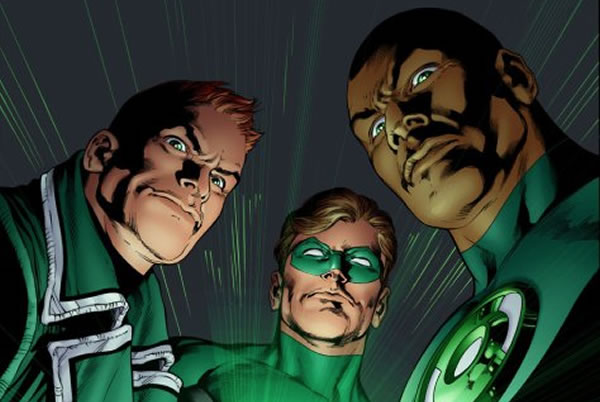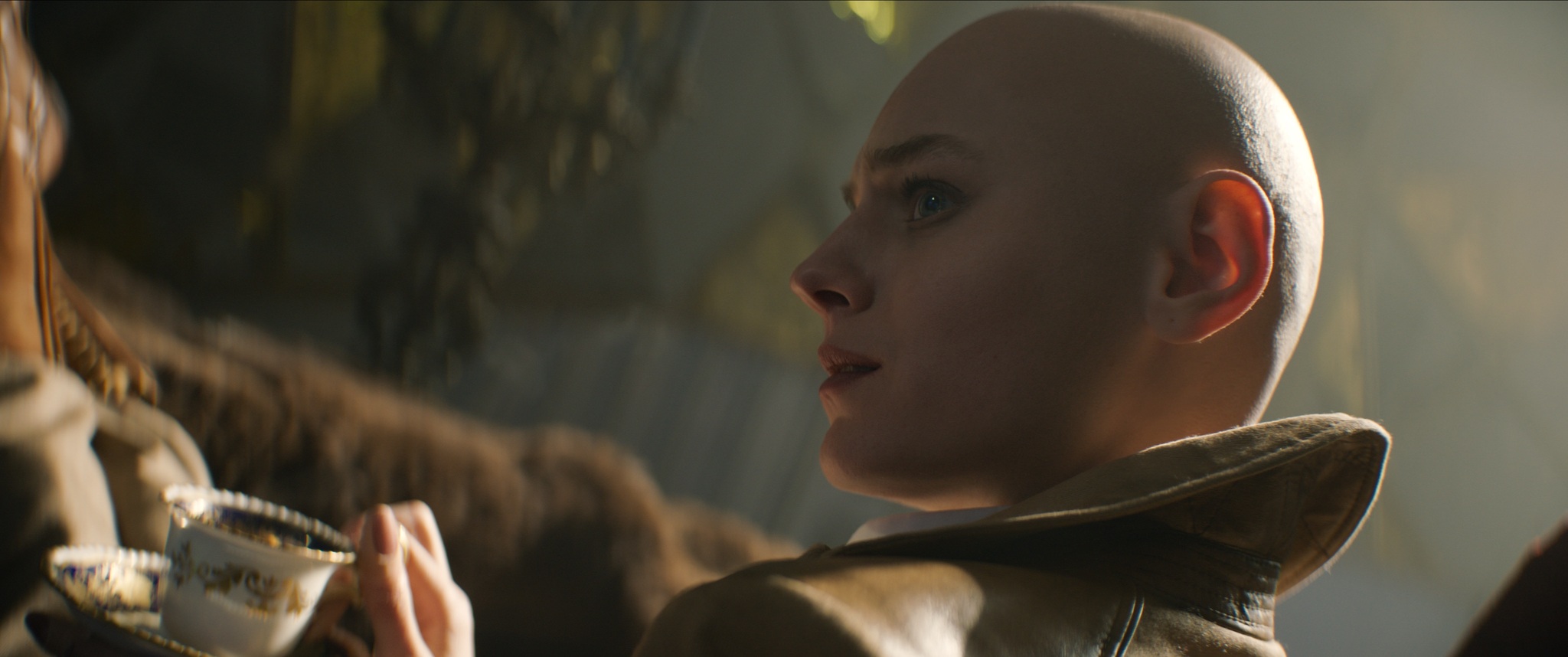When seeing last weekend’s Solo: A Star Wars Story, did you notice that the film was perhaps just a little bit dark? And I don’t mean dark in tone, but visually dark. It’s a complaint I’ve heard all around from folks online, and it’s something even I noticed while watching. That being said, I was only able to attend a 3D, non-press screening, and as a result, I assumed it had to do with the typical problem of 3D films being projected at too low a light. If I’d seen it in 2D, I’d get a better experience, right?
Apparently not. There are comments all over Reddit complaining about the dark and muddy aesthetic of the film in both 3D and 2D. With that in mind, it’s likely a problem created by director Ron Howard and cinematographer Bradford Young, right? Nope. From what we’re hearing from industry experts, it’s because the visibility of the film was dependent on certain projection standards in theaters, and many big chains simply weren’t up to snuff.
Chapin Cutler, co-founder of Boston Light & Sound chronicled his own disappointing experience, saying:
“I was so upset with my screening of Solo. The theater I went to was one of those with wonderful reclining seats where you can get food brought to you. I went to the manager and told him I came here and spent $30 to get a fabulous presentation, and what you are showing me is dim, dark, and fuzzy.”
RELATED – Solo: A Star Wars Story – New Projections Predict A Solid Second Weekend
Despite the cinematographer being an easy target for this (why not just shoot it lighter?), Cutler thinks the fault lies with theaters, and that the inability to see something in the shadows shouldn’t be eliminated just because theaters are lazy.
“The problem is with one of these masters of low light is if the projector’s brightness is off even just 10 percent, you lose all that detail. That’s why, every step along the way there are standards from when the image is captured in the camera to the creation of the DCP to projection itself. The standards for light level basically haven’t changed in 100 years of cinema.”
One anonymous Digital Imaging Technician agreed that Young shouldn’t be to blame, as lighting for the lowest common denominator ultimately takes away from the art of the craft.
“It doesn’t matter if you are like Bradford, working down in the toe, relying on all that information underneath the image you know you can pull out from a digital RAW file, or someone more traditional shooting digital like they would film, You can’t account for the fact someone is going to watch your movie on an iPhone or a crappy theater. You don’t create a washed-out look or images that are too bright to accommodate the lowest common denominator. That lowers the quality of the work.”
What do you think of these comments? Should Young and Howard accounted for lazy theaters, or are theater chains to blame? Let us know your thoughts down below!
Don’t forget to share this post on your Facebook wall and with your Twitter followers! Just hit the buttons on the top of this page.
SOURCE: IndieWire

 FOR FANBOYS, BY FANBOYS
Have you checked out LRM Online’s official podcasts and videos on The Genreverse Podcast Network? Available on YouTube and all your favorite podcast apps, This multimedia empire includes The Daily CoG, Breaking Geek Radio: The Podcast, GeekScholars Movie News, Anime-Versal Review Podcast, and our Star Wars dedicated podcast The Cantina. Check it out by listening on all your favorite podcast apps, or watching on YouTube!
Subscribe on: Apple Podcasts | Spotify | SoundCloud | Stitcher | Google Play
FOR FANBOYS, BY FANBOYS
Have you checked out LRM Online’s official podcasts and videos on The Genreverse Podcast Network? Available on YouTube and all your favorite podcast apps, This multimedia empire includes The Daily CoG, Breaking Geek Radio: The Podcast, GeekScholars Movie News, Anime-Versal Review Podcast, and our Star Wars dedicated podcast The Cantina. Check it out by listening on all your favorite podcast apps, or watching on YouTube!
Subscribe on: Apple Podcasts | Spotify | SoundCloud | Stitcher | Google Play




